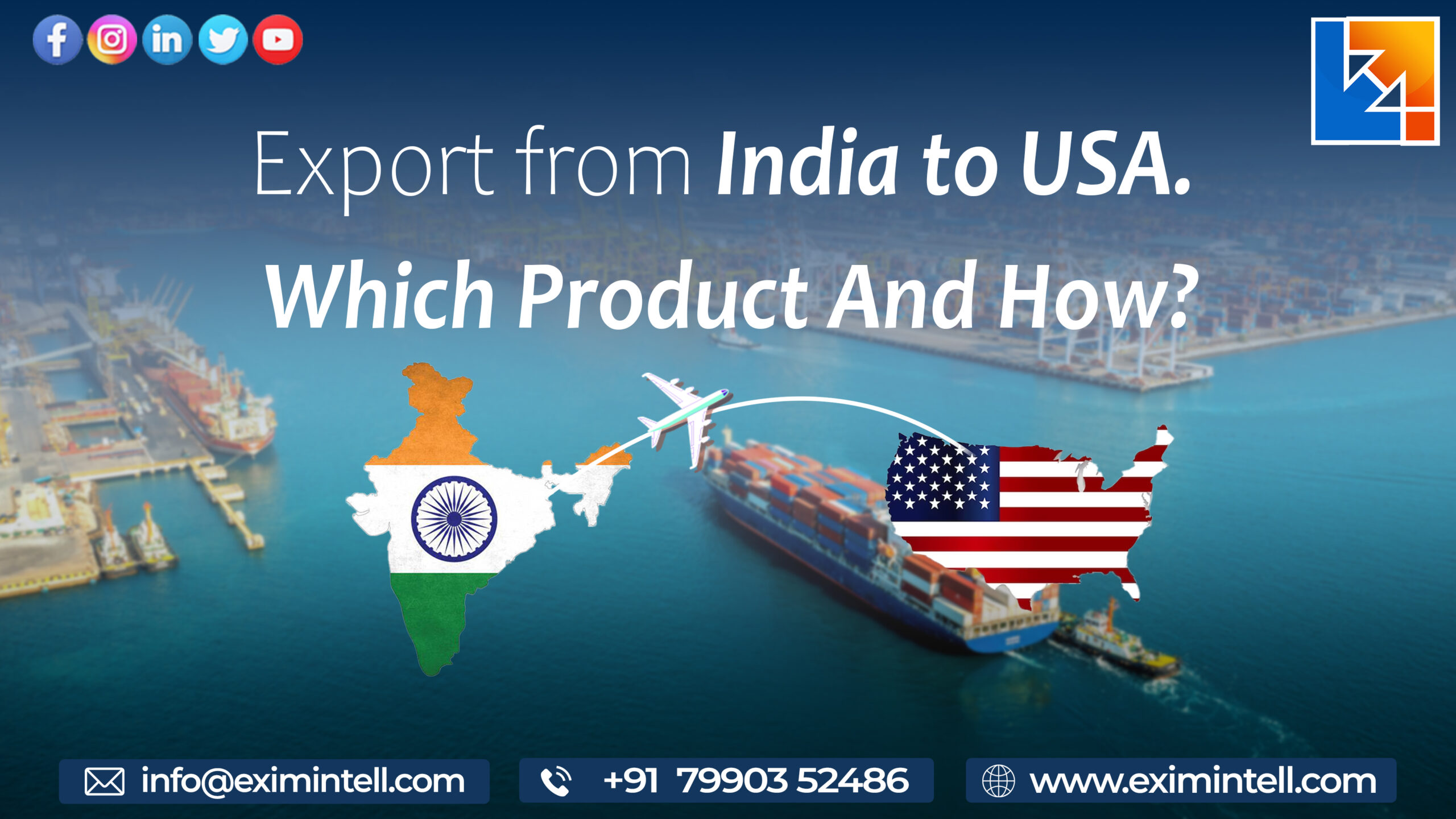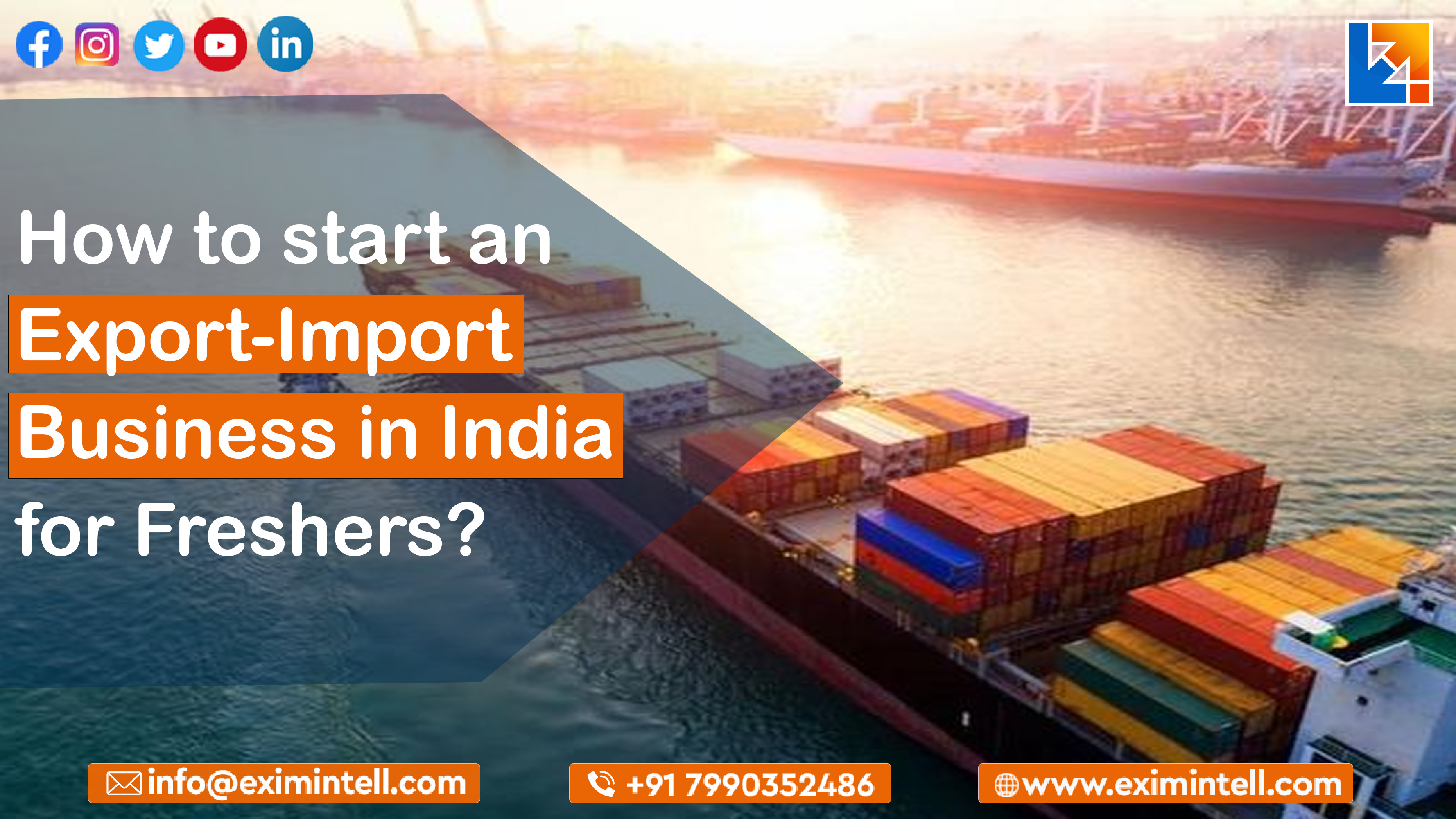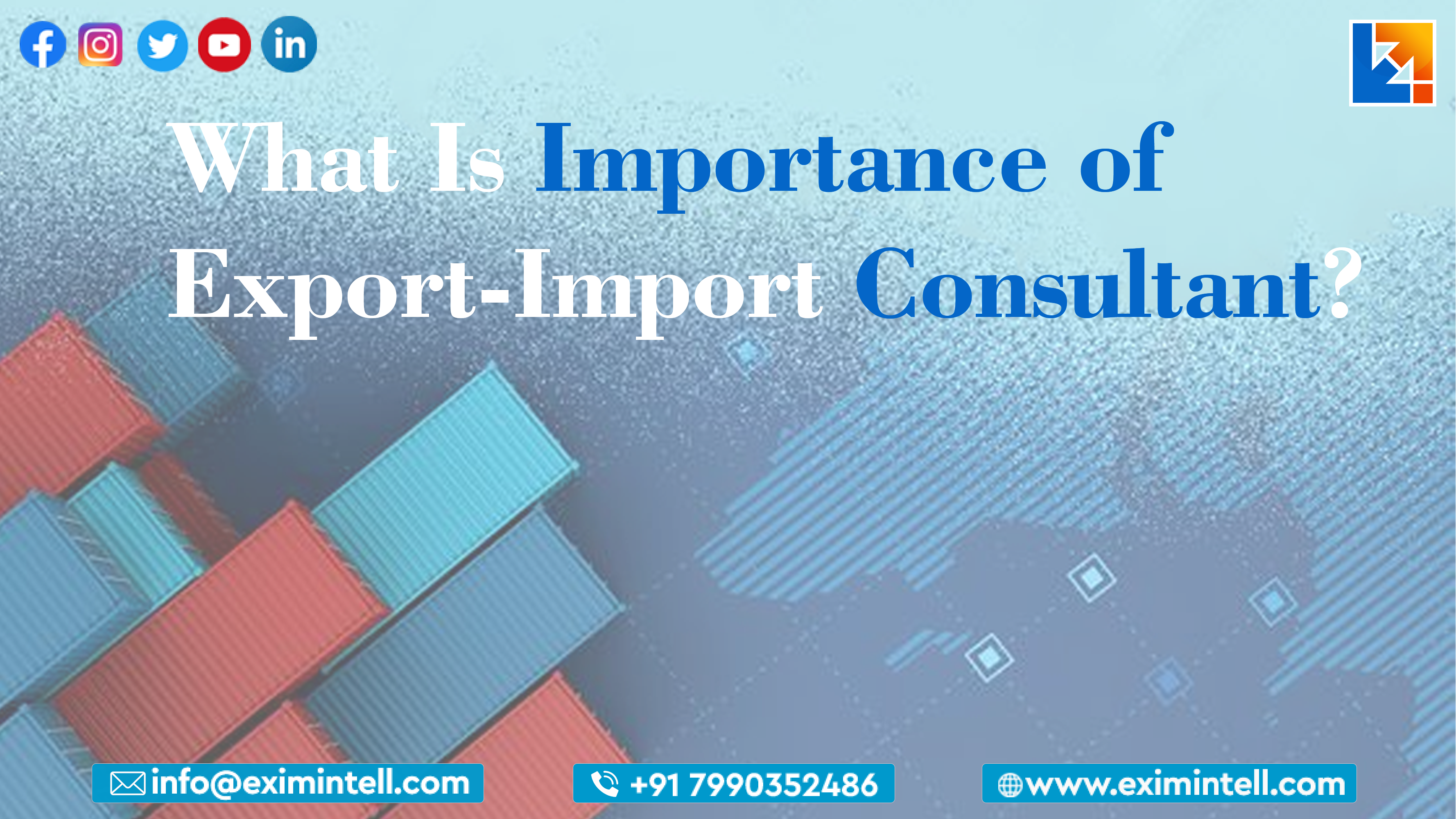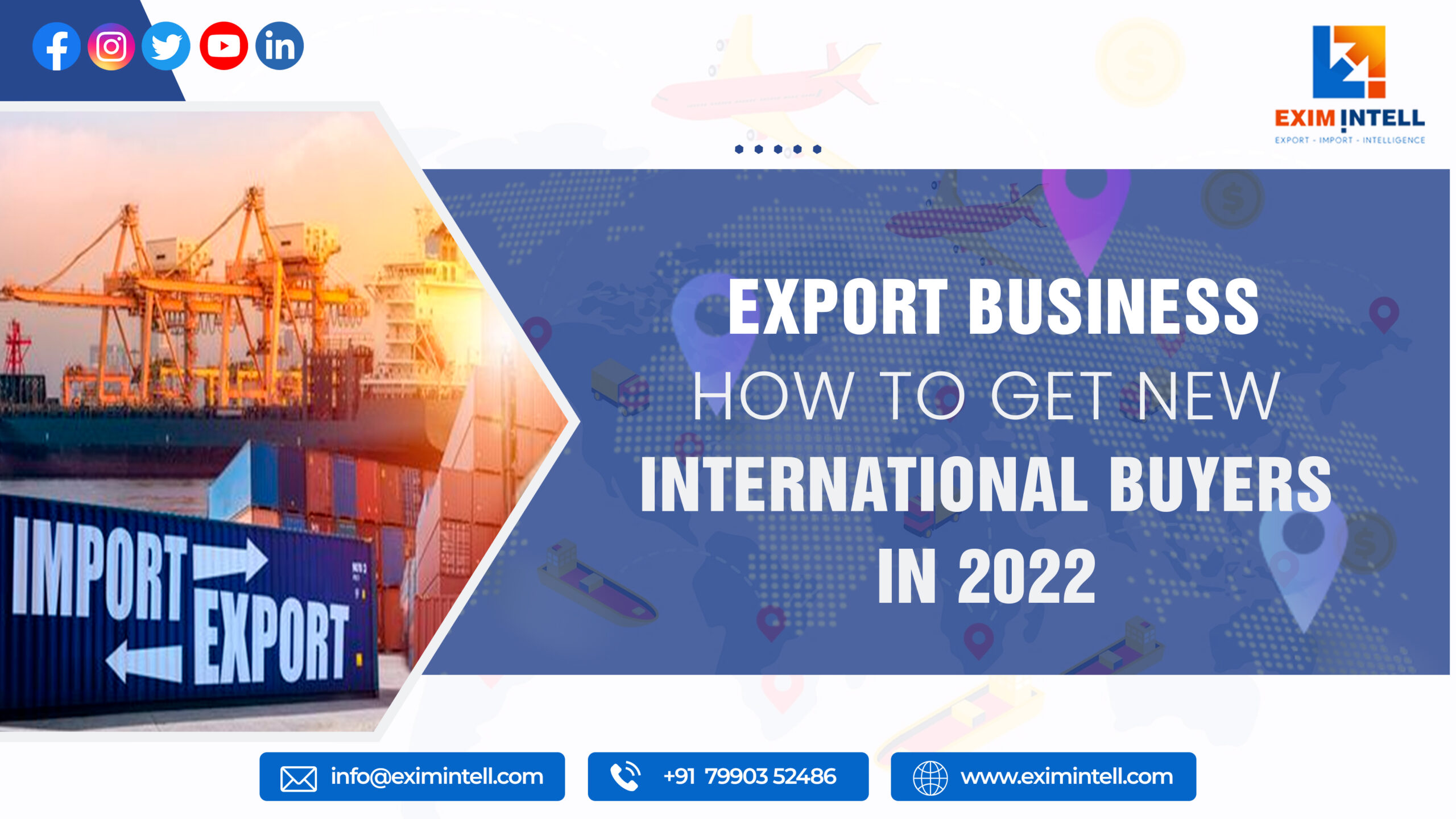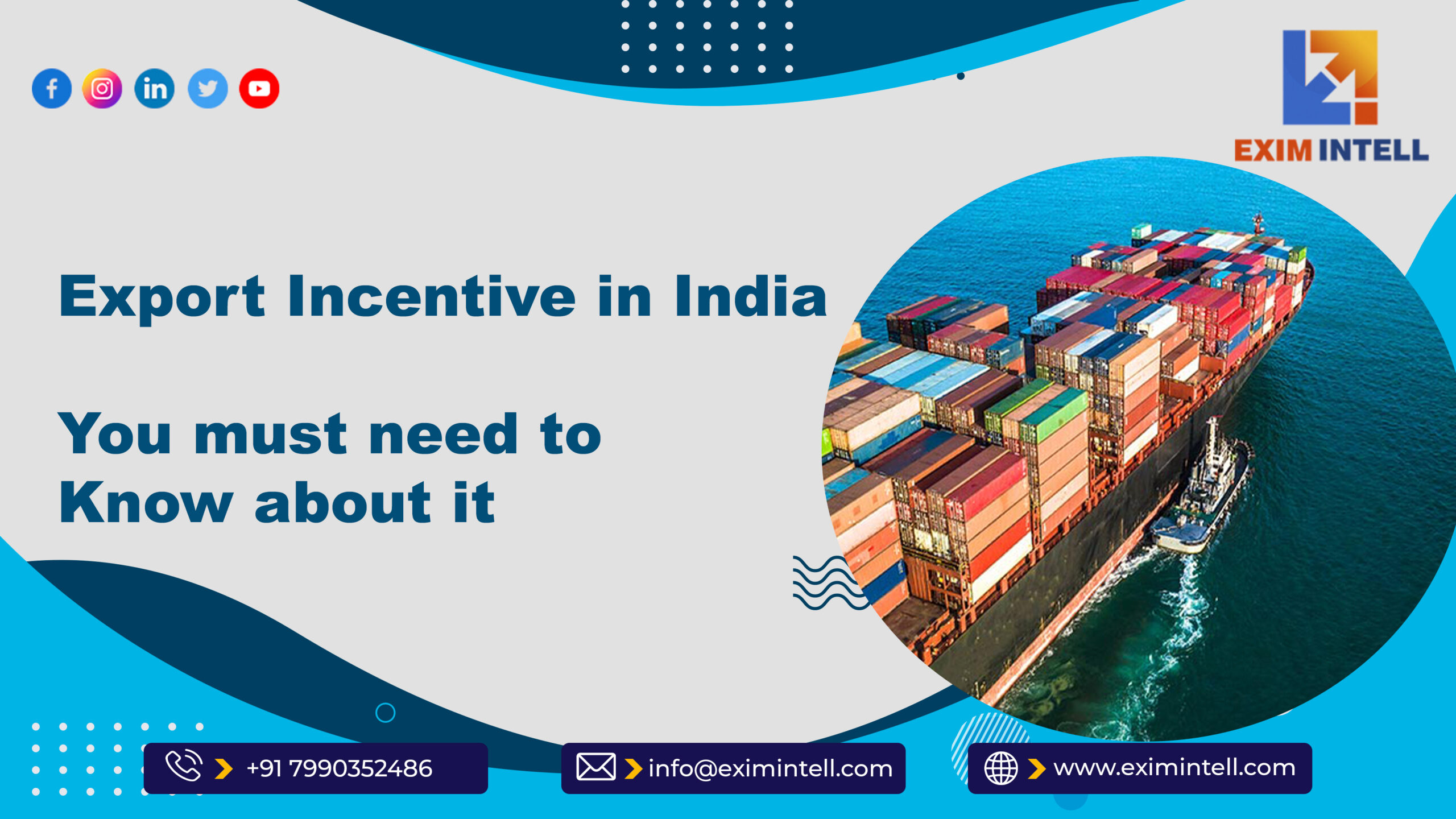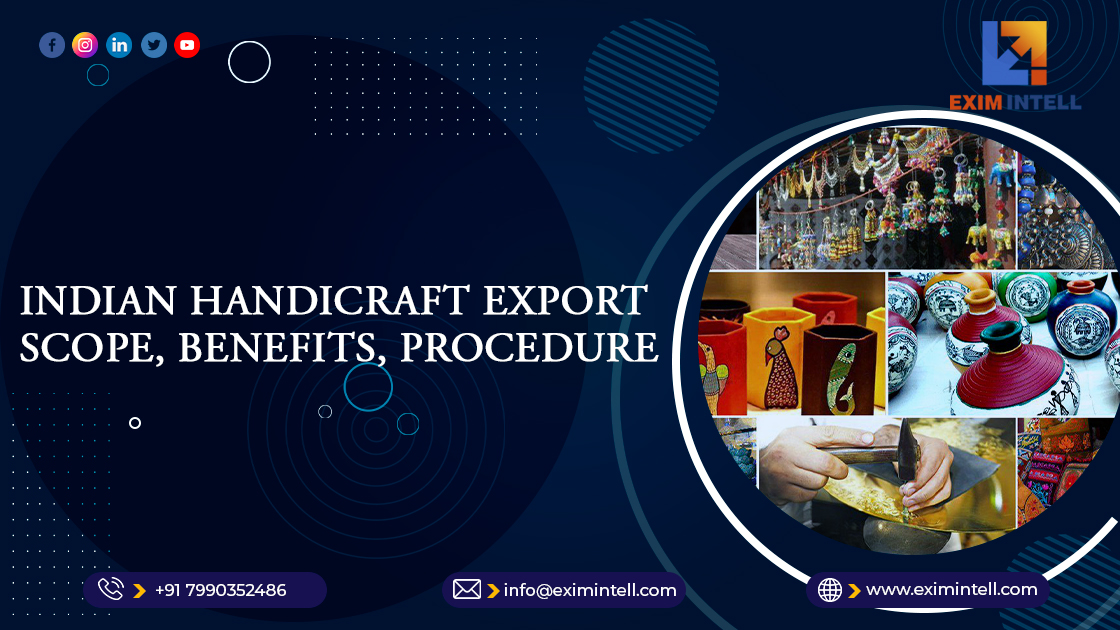Are you an exporter wondering why your shipments keep getting delayed or rejected? Look no further than the Export Inspection Agency (EIA)! This government agency ensures that your exports meet international quality and safety standards. In this blog post, we will explore why working with an Export Inspection Agency is essential for exporters and how it can help save time, money, and reputation. So buckle up and read on to know more!
What is Export Inspection Agency (EIA)?
The Export Inspection Agency (EIA) is a Government of India organization responsible for the inspection and quality control of export goods. The agency also provides certification services to exporters.
The EIA was established in its current form in 2003, although it has its roots in the Indian Council of Agricultural Research (ICAR), set up in 1937. The agency has a network of offices across India, laboratories, and testing facilities.
The EIA’s main objective is to ensure that Indian exports meet international quality standards. The agency inspects export consignments and ensures they comply with specified standards. The EIA also provides certification services for export products that meet its quality standards.
The agency’s work is important for Indian exporters, as it helps them to access international markets and compete effectively in the global marketplace. The EIA’s certification services provide a valuable stamp of approval for Indian products, which can give buyers confidence in their quality.
The EIA’s work also helps to protect Indian consumers from sub-standard products. By ensuring that only high-quality goods are exported from India, the EIA helps to safeguard the country’s reputation as a supplier of reliable and safe products.
How does the Export Inspection Agency work?
The Export Inspection Agency (EIA) is a quality control organization that ensures that exported goods meet the buyer’s specifications and international standards. The EIA certifies that products comply with export regulations and provides third-party inspection services to verify contract compliance.
The EIA was established in 1955 as an independent government agency. The Ministry of Commerce and Industry oversees it but operates independently of the ministry and reports directly to the Prime Minister’s Office.
The EIA’s main function is to inspect export consignments and certify their quality. The agency also conducts sampling and testing of export products at various stages of production, from raw materials to finished goods. In addition, the EIA investigates complaints about the quality of exported products.
The EIA has offices in major exporting countries, including India, China, Brazil, and the United States. These offices work with local authorities to ensure exporters comply with all relevant laws and regulations.
Benefits for Exporters of the Export Inspection Agency
The Export Inspection Agency (EIA) is a government body that provides independent inspection and certification services for export consignments of agricultural, meat, fish, dairy, and processed food products.
The EIA’s main objective is to safeguard the quality of Indian exports and protect the interest of Indian exporters. The EIA ensures that only export-worthy products can be shipped out of India.

The EIA also provides valuable market intelligence to Indian exporters on the quality requirements of importing countries. This helps them ensure their products meet international standards and improves their chances of securing foreign orders.
In addition, the EIA offers a range of technical assistance services to Indian exporters, including training on quality control and food safety standards.
The Different Services Provided by the Export Inspection Agency
The Export Inspection Agency (EIA) is a government organization that provides quality control and certification services for exports from India. It was set up in 1986 in response to the growing need for reliable quality assurance in Indian exports.
The EIA provides exporters with a wide range of services, including quality control, inspection, certification, and laboratory testing. These services help to ensure that Indian products meet international standards and are fit for purpose. The EIA also provides export promotion and marketing support to Indian companies.
The EIA has a network of offices across India and regional offices in key export markets such as the United States, Europe, and the Middle East. It also operates an online platform allowing exporters to register their products and submit samples for testing.
The Process and Procedure When Working with an EIA
Export inspection is a process carried out by an Export Inspection Agency (EIA) to ensure that the products being exported meet the quality standards required by the importing country.
There are four main steps in the export inspection process:
1. Pre-shipment inspection: The EIA will inspect the products before shipping them to the importing country. This is done to ensure that the products meet the quality standards the importing country requires.
2. Sampling: The EIA will take samples of the exported products to test them for compliance with the quality standards required by the importing country.
3. Testing: The EIA samples will be tested to determine whether they meet the quality standards required by the importing country.
4. Certification: If the exported products meet the quality standards the importing country requires, they will be certified by the EIA.
How to Find Reliable Export Inspection Agency Services in Your Country
There are a few things to remember when looking for reliable EIA services in your country. First, ensuring that the agency you are considering is accredited by the International Organization for Standardization (ISO) is important. This accreditation ensures that the agency has met rigorous international standards for quality and competence.
Another key criterion is whether or not the EIA service provider has experience with your product type. Ideally, it would be best if you chose a provider with extensive experience conducting EIAs for similar products. This will help ensure they have the knowledge and expertise to assess your product properly.
It would help if you also inquired about the fees charged by the Export Inspection Agency service provider. While you want to ensure you are getting quality service, you also don’t want to overpay. Be sure to get quotes from several different providers so that you can compare costs.
Conclusion
Export Inspection Agencies are crucial to the exporting industry, ensuring exporters honor their commitments to buyers. By providing detailed and accurate reports on the quality of goods being exported, export inspection agencies provide valuable assurance that buyers receive the products they ordered. With a reliable agency helping them at every stage in their export journey, companies can rest assured knowing that their customers will be satisfied with what they order.


